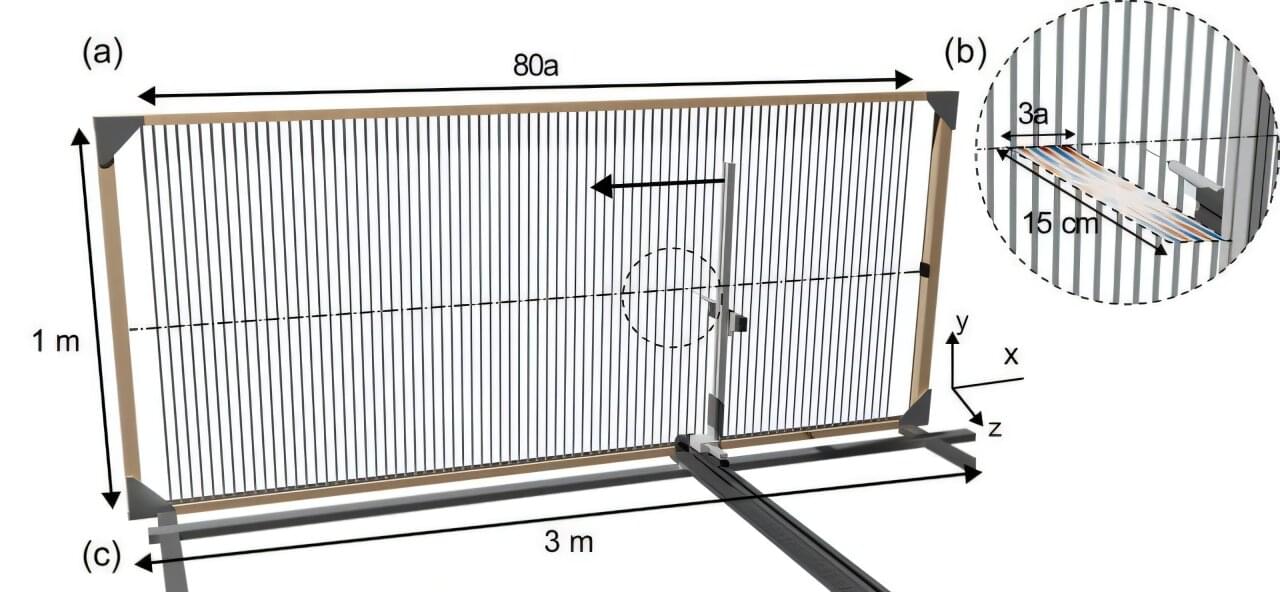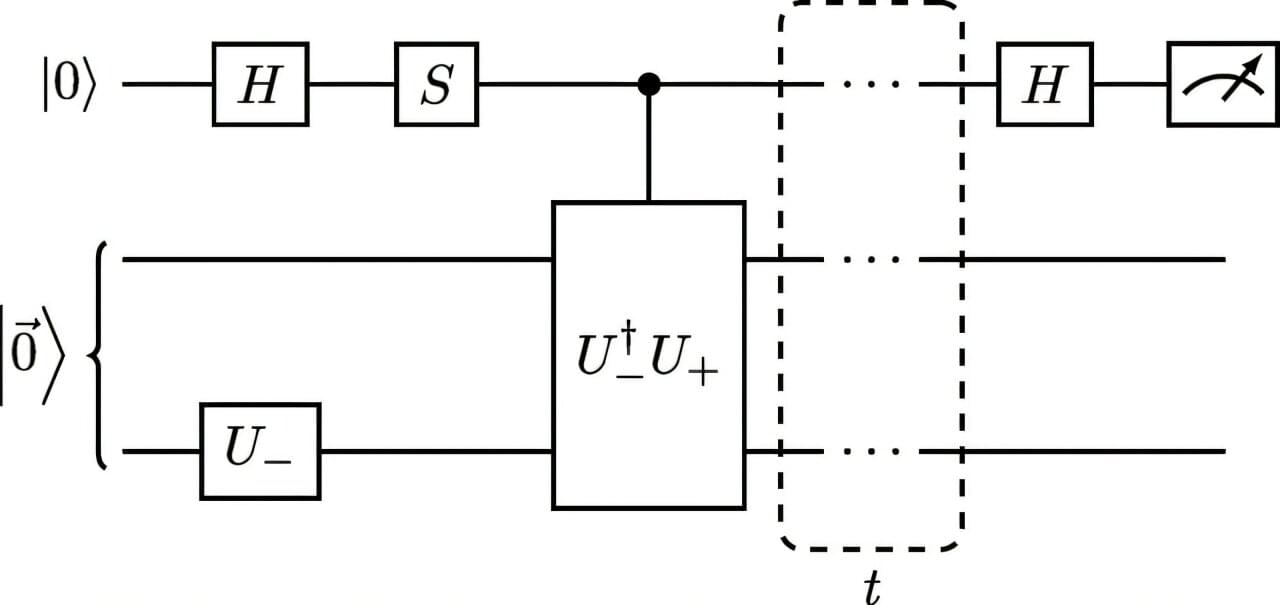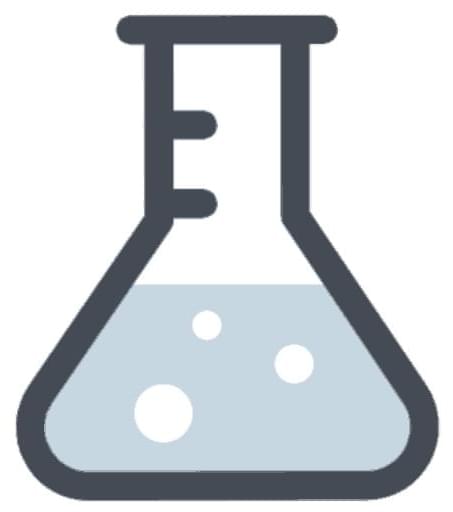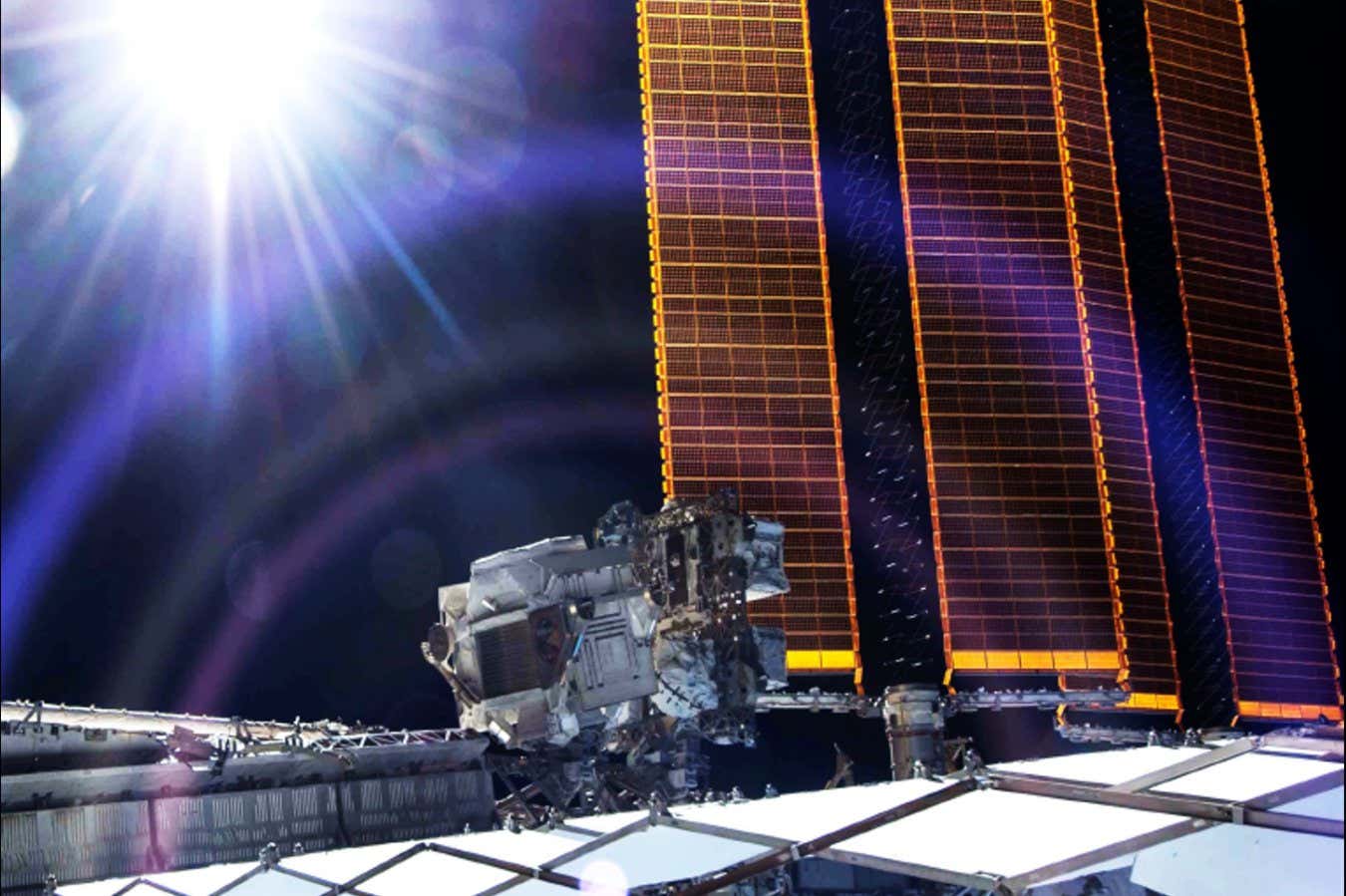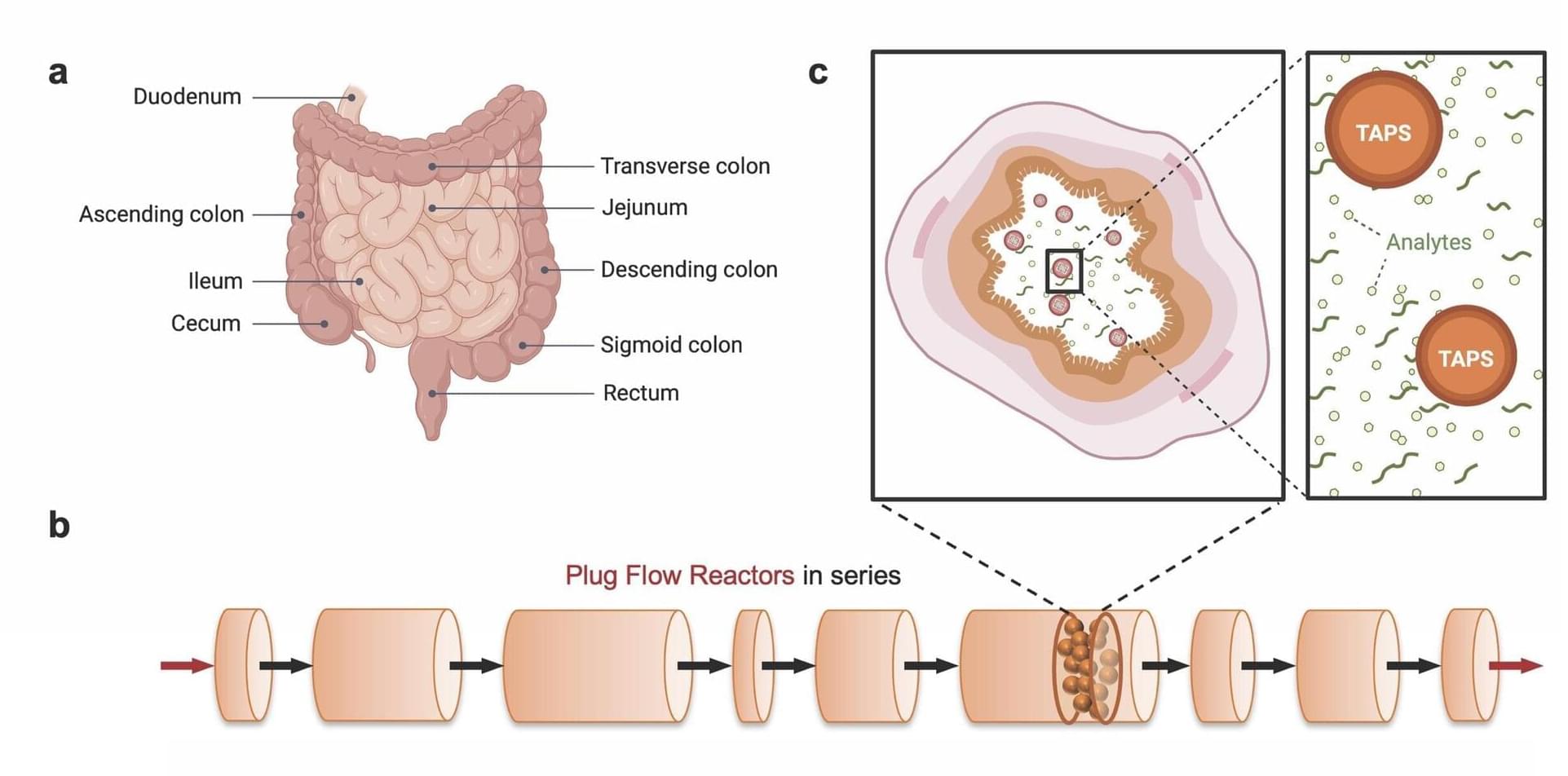Today’s fast-moving, technology-enabled world of business is measured by speed and innovation. DevOps is the cultural shift combining software development and IT operations that helps improve collaboration, optimize workflow and increase overall operational efficiency.
Adopting DevOps currently enables companies to integrate continuous software updates, decrease errors through automation and easily scale cloud solutions. For businesses looking to maintain or even increase competitiveness and grow technology, this is a necessary transformation.
While DevOps transformation is often presented as a buzzword, it’s now a movement that shapes how teams create and deploy software. DevOps, at its core, is about collaboration at the intersection of development and operations that blurs the lines between these two groups. DevOps teams each integrate faster and more efficient software delivery by integrating these teams.

